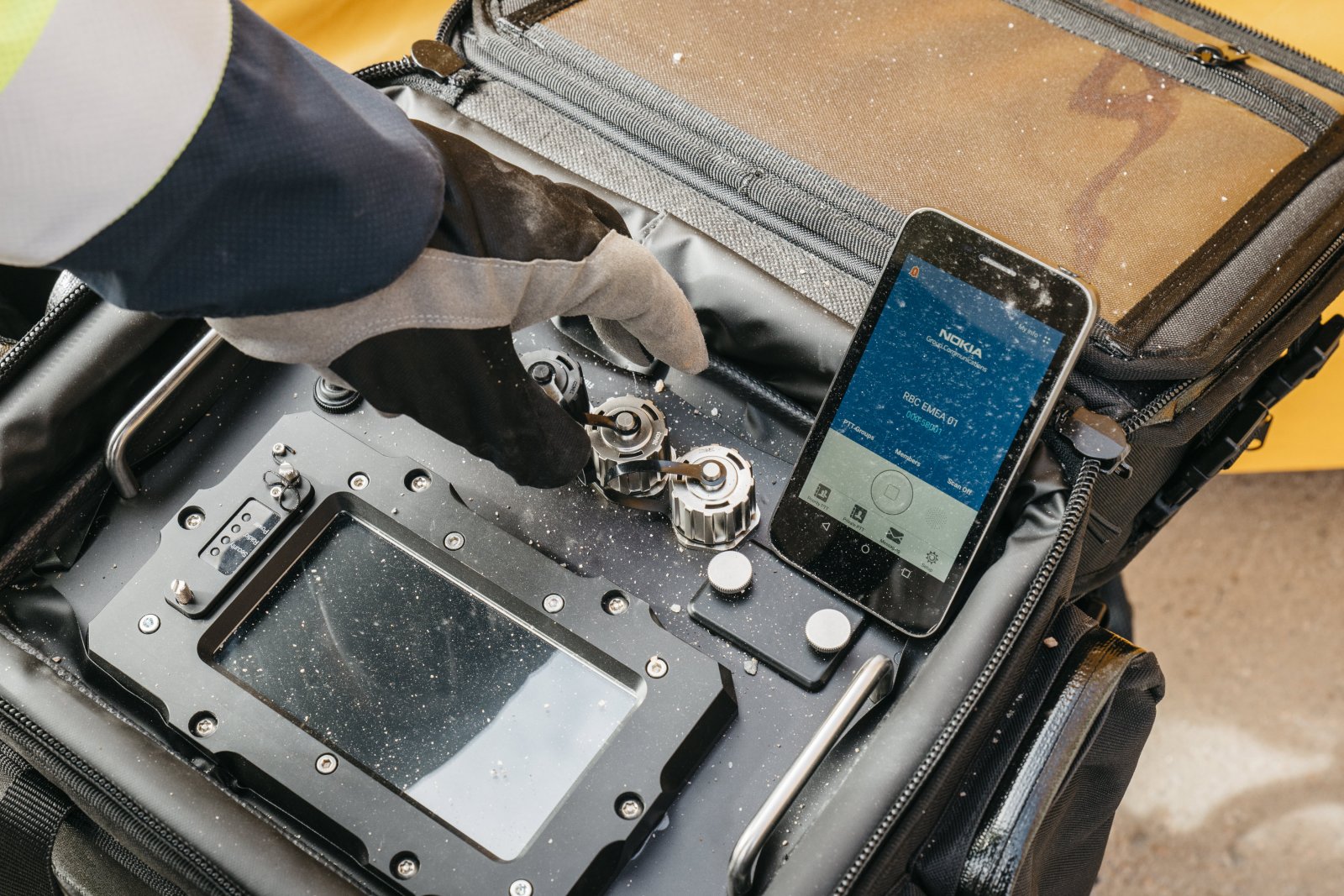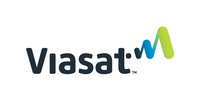
Credit: Nokia
FirstNet and AT&T aren’t the only ones honing in on public safety solutions.
Nokia on Tuesday unveiled two new solutions in its ViTrust portfolio aimed at improving emergency service response times and situational awareness.
Among the new offerings is an Ultra Compact Network, which Nokia said can be deployed to provide an LTE signal in areas where connectivity has been lost. The company said the network is built on Nokia’s Flexi Zone small cell radio and integrated core technology, and can provide service to up to 400 users. The network hosts Nokia Group Communications application services like push-to-video as well as customer specific applications including features like video analytics and geolocation.
Nokia said the network can be setup in “minutes” without the use of an additional laptop thanks to an integrated graphical interface. The company said the Ultra Compact Network will be made available in different versions, ranging from a backpack-based portable model to vehicle-mounted and rack-mounted fixed installation versions.
The company first unveiled its portable 4G base station in June 2016, but appears to have tailored the offering to meet public safety needs.
“With the Ultra Compact Network we have placed considerable focus on what the end-user needs,” Nokia’s Head of Advanced Mobile Solutions Thorsten Robrecht commented. “We have combined an industry-specific design with our strong expertise in radio and core technology, including our Flexi Zone family, for a wide range of frequency bands. This flexibility continues at the command center where the Integrated Operations Center combines multiple application and system data, analytics, and visualization to enhance situation management for public safety agencies.”
Also added to Nokia’s ViTrust portfolio Tuesday was the aforementioned Integrated Operations Center, which the company said will enable aggregation of data feeds from multiple sources in an emergency command center. The service reportedly can receive high-bandwidth video, data from first responders, information sourced from alarm systems, CCTV, legacy application data, and even social media. That information is then analyzed with pre-integrated tools and used to send alerts containing critical information to response teams. This streamlining of information analysis can help reduce response times and enable better inter-agency cooperation, the company said.
Nokia also noted its Ultra Compact Network can be connected to the Integrated Operations Center to dynamically connect remote response teams to a command center for better decision-making.
The release comes amid an increased industry focus on public safety applications for mobile technology, as AT&T and FirstNet move forward to build a dedicated broadband network for first responders.
AT&T won the $6.5 billion contract to build the FirstNet network back in March, and has already begun courting states to opt-in to the project. More on that can be found here and here.
Filed Under: Infrastructure




